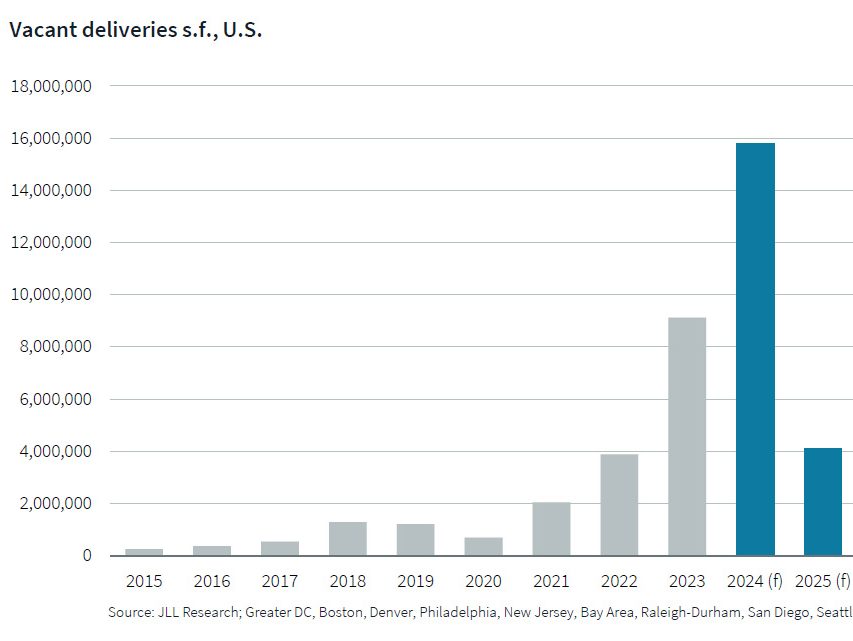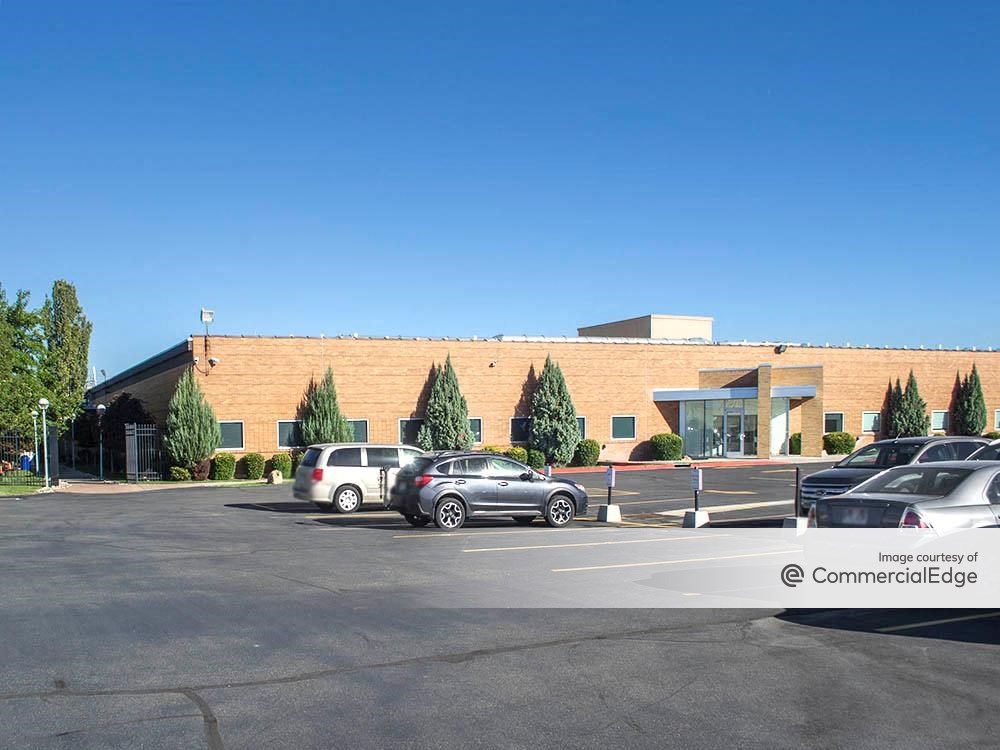IREM’s Annual Office Building Study Yields Mixed Bag of Results
IREM’s annual study looks at operating income and key expenses, analyzing some 1,717 private-sector office complexes in major metropolitan areas across the U.S. and Canada. This year’s results were varied.
By Barbra Murray, Contributing Editor

Matt O’Hara, Senior Manager, IREM
For the office property sector, some things change and some things remain the same in the 2014 edition of the Institute of Real Estate Management’s Income/Expense Analysis: Office Buildings study.
IREM’s annual study looks at operating income and key expenses, analyzing some 1,717 private-sector office complexes in major metropolitan areas across the U.S. and Canada. This year’s results were varied.
Operating costs increased across the board compared to 2012, but not by a significant amount. Costs rose 0.6 percent to $8.39 per square-foot at suburban properties and they increased 2.2 percent year-over-year at downtown properties, with the average cost per square-foot reaching $10.31.
As for key expenses, 2013 proved to be a mixed bag of sorts. The survey analyzed a group of major expenses, including insurance services; real estate and other taxes; janitorial/maintenance; utility; administrative/benefits costs. At downtown properties, the figures went on the upswing for utilities, administrative/benefits, taxes and maintenance, increasing 5.9 percent, 5.1 percent, 4.1 percent and 3.4 percent, respectively. The insurance/services portion of expenses, however, dropped 1.5 percent.
While four of the five benchmarks for key expenses rose for downtown assets, suburban properties experienced a decline in all five categories, for a total drop in operation expenses of 18.6 percent. All five categories decreased by larger percentages for suburban properties than those seen for downtown locales.
In the vacancy rate category, there was little, if any, change from 2012. For suburban properties in operation for 12 months or more, the vacancy rate remained at 10 percent. The results were only a tad different for downtown buildings, where the vacancy rate inched downward from 8 percent in 2012 to 7 percent in 2012.
The numbers are in and after 38 years of conducting the Income/Expense Analysis for office buildings, the organization, which is an affiliate of the National Association of Realtors, can still expect the unexpected.
“Surprisingly, perhaps, net operating costs for suburban office buildings have been very stable, decreasing just 0.5 percent over the last three years,” Matthew O’Hara, a senior manager with IREM, told Commercial Property Executive. “While slightly less so, net operating costs for downtown properties also have been stable, increasing just 3.1 percent since 2011.”
In the end, the real estate market is never completely predictable.







You must be logged in to post a comment.